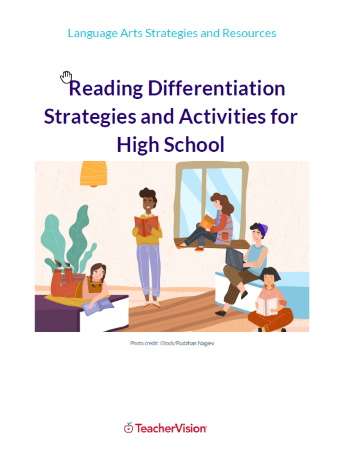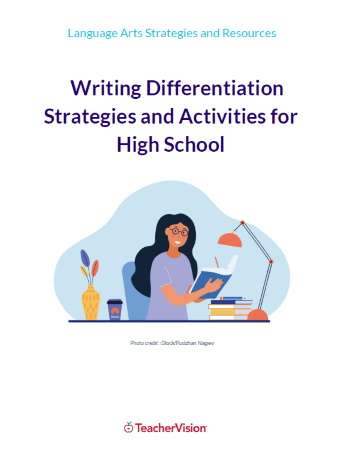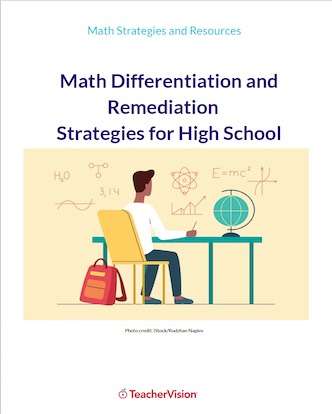Portfolios: Types
A portfolio in the context of the classroom is a collection of student work that evidences mastery of a set of skills, applied knowledge, and attitudes. The individual works in a portfolio are often referred to as "artifacts."
Most effective portfolios also contain a reflective element, where the student has in some form contemplated her or his own strengths and weaknesses as a learner. Portfolios can be divided into two groups: process oriented or product oriented portfolios.
Process oriented portfolios
Process oriented portfolios tell a story about the growth of a learner. They document the processes of learning and creating, including earlier drafts, reflections on the process, and obstacles encountered along the way. They may be organized into skill areas or themes, yet each contains a student's work from the beginning, middle, and end of a learning unit. For example, there may be three drafts of a short story: a preliminary draft, a reworked draft reflecting teacher and peer feedback, and a final draft. The student can comment on the ways one is better than the other. In this manner, the artifacts can be compared providing evidence about how the student's skills have improved. In any number of ways, in writing or perhaps during a parent-teacher conference, the student would reflect on the learning process: identifying how skills have changed, celebrating accomplishments, and establishing present and future challenges.
Product oriented portfolios
Product oriented portfolios are collections of work a student considers his or her best. The aim is to document and reflect on the quality and range of accomplishments rather than the process that produced them. It generally requires a student to collect all of her work until the end, at which time she must choose artifacts that represent work of the highest quality.
There are any number of ways to facilitate this process. Students can be left completely to their own devices to choose. A teacher can also establish parameters of what a portfolio must contain and the quality an artifact must achieve to be included. For example, a math teacher may stipulate that a portfolio must contain evidence of the ability to successfully apply the concepts of mean, median, and mode. The teacher may also stipulate that these artifacts must have earned a certain score to be accepted into the portfolio. In this way, product oriented portfolios can be quite effective in holding students accountable for producing quality work. Finally, it is very common for each artifact in a product oriented portfolio to be accompanied by self-reflection, usually in writing, on why and in what ways the artifacts represent best work.
Both kinds of portfolios are used at all grade levels. It does turn out, however, that process-folios are more common at the elementary level. It may be that teachers at these levels tend to be more concerned about individual growth than about determining specific levels of performance. The process-folio may also match elementary teaching methods more readily.
Similarly, product oriented portfolios are more common at the secondary level. This is probably due to two factors. First, the higher stakes of grade point averages and test scores at these levels has created a more final result oriented learning environment. Second, older students generally have the higher thinking skills necessary to choose their best work wisely, as well as engage in self-reflection more deeply. Notwithstanding any of these points, neither type of portfolio is necessarily better suited for any grade level. It is usually a matter of preference, teaching style, or school culture.







